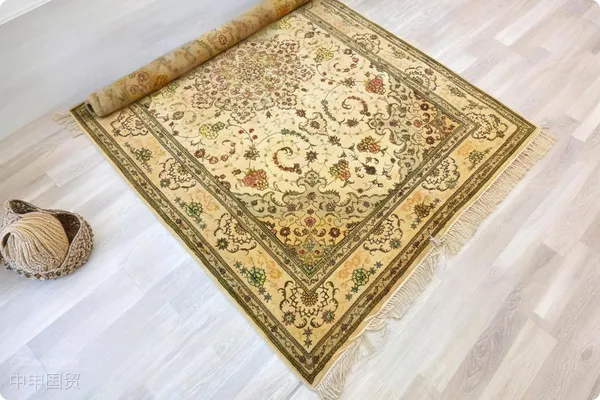- Shanghai Zhongshen International Trade Co., Ltd. - Two decades of trade agency expertise.
- Service Hotline: 139 1787 2118
In modern society, the leather tanning industry has enormous demand for cattle hides and sheepskins, which are widely used in furniture leather, shoe leather, automotive cushion leather, and other fields. As the worlds largest importer of raw cattle hides, China has particularly strong demand for large-scale leather imports. However, importing cattle hides and sheepskins is not easy, involving numerous legal and customs clearance requirements. This article will explore in detail the import process, required documents, costs, and precautions for cattle hides and sheepskins to help importers successfully complete import operations.
Under the current strict environmental and legal regulations, how can we ensure that the import of cattle hides and sheepskins is both legally compliant and cost-effective?

I. Main Sources of Imported Leather
The main import sources for cattle hides and sheepskins are as follows:
Main sources of imported sheepskins:India, Bangladesh, Pakistan, Thailand, Sudan, Brazil, South Africa, Saudi Arabia, Australia, Turkey, and other countries.
Main sources of imported cattle hides:Italy, France, Germany, Spain, the United States, Brazil, Argentina, New Zealand, Australia, South Korea, Africa, Kenya, Nigeria, Bangladesh, Pakistan, India, and other countries.
II. Costs of Leather Imports
Taking the product name Sheepskin Crust as an example, HS Code: 41062200, Origin: Bangladesh. The specific costs are as follows:
Customs Duty:Most-Favored-Nation (MFN) tariff rate: 14%, Bangladesh Certificate of Origin tariff rate: 0%
Customs VAT:13%
Port, customs clearance, and shipping company fees:These fees are determined based on specific shipping terms (e.g., CIF).
III. LeatherImport Clearanceand Cost Precautions
Wood Packaging Certificate:If wooden packaging is used, it must have an IPPC mark, and the customs clearance company must be informed for proper declaration.
Preferential Tariff Rates with Certificate of Origin:Bangladesh Certificates of Origin enjoy preferential tariff rates. Documents must be strictly reviewed to ensure compliance.
Small Workshop Suppliers:Many small workshop suppliers in Bangladesh may need to consolidate goods to fill a small container.Import Customs DeclarationDocuments must correspond to the Certificate of Origin; the number of Bills of Lading must match the number of Certificates of Origin.
Customs Inspection and Disinfection:If customs inspection occurs, disinfection is usually required, costing approximately a few hundred yuan. Goods are typically released within 48 hours after disinfection.
Shipping Company Container Repair Fees:If importers encounter unreasonable container repair fees demanded by shipping companies, customers are advised to provide loading and unloading photos to ensure careful handling by workers.
IV. Import Process for Cattle Hides and Sheepskins
Signing the Trade Contract:Sign a trade contract with foreign suppliers and make outward remittance.
Overseas Packaging and Transportation:The supplier is responsible for packaging and shipping viaMaritime TransportationorAir Transportationpickup.
Customs Declaration and Transportation:The importer handles import documentation and transports the goods to domestic ports.
Bill of Lading Exchange at Port:After the goods arrive at the port, perform the bill of lading exchange operation.
Port Customs Declaration and Clearance:Declare customs clearance to customs and submit all necessary documents.
Tax Payment:Pay tariffs and VAT based on customs audit results.
On-site Inspection and Release:Customs may inspect the goods and release them upon qualification.
Logistics, Warehousing, and Distribution:After clearance, transport the goods to designated warehouses or customer locations.
Importing cattlehide and sheepskin is a complex and rigorous process involving multiple legal and customs requirements. By thoroughly understanding the import process and cost considerations, importers can effectively avoid risks and ensure legal and compliant import operations. This article aims to provide valuable reference and guidance for businesses engaged in cattlehide and sheepskin imports, facilitating smooth customs clearance and stable business growth.
Related Recommendations
? 2025. All Rights Reserved. 滬ICP備2023007705號-2  PSB Record: Shanghai No.31011502009912
PSB Record: Shanghai No.31011502009912










